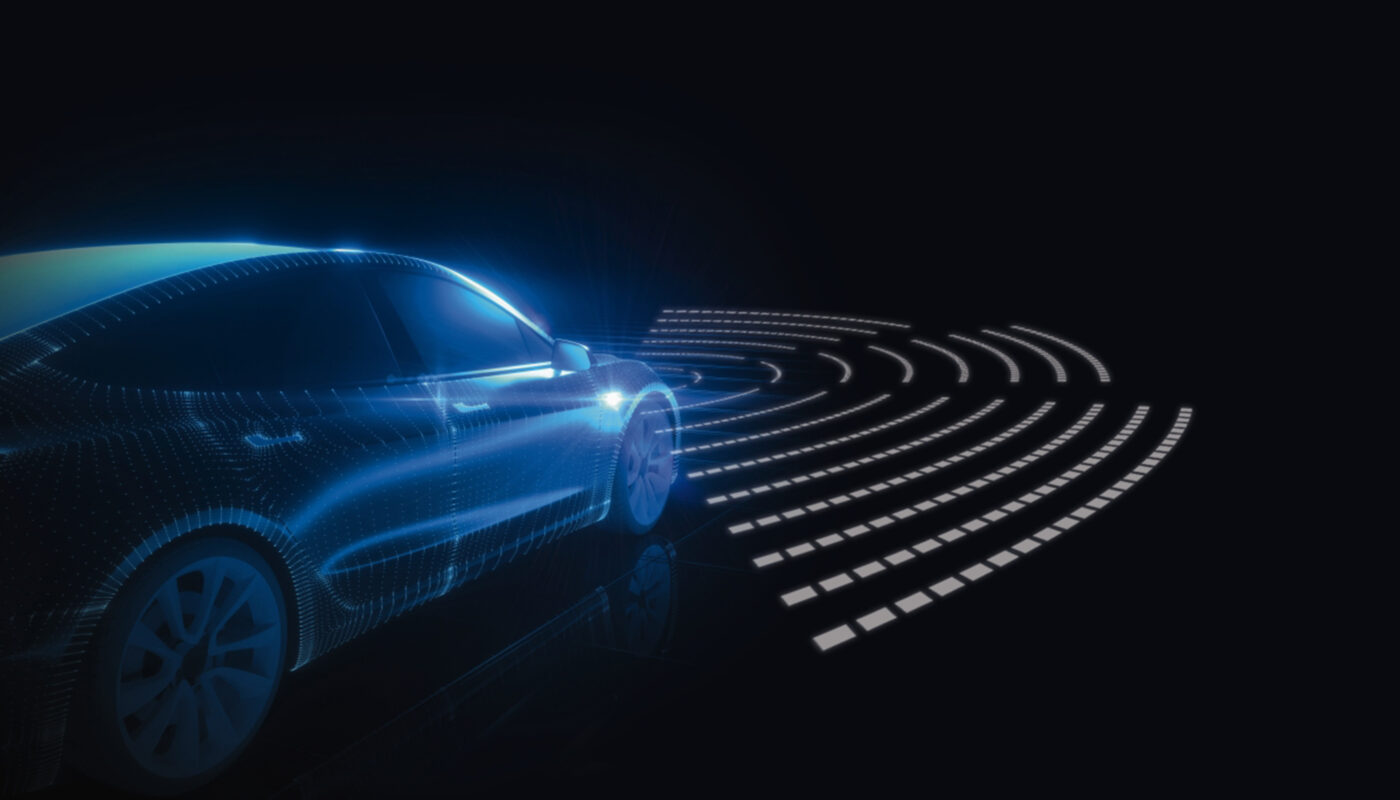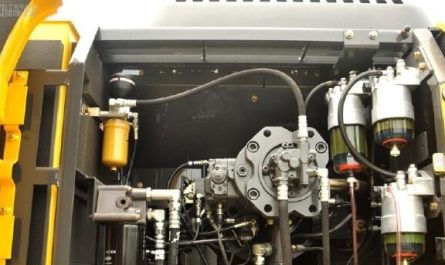Automotive radar technology has come a long way from its early military applications. Today, radar sensors are becoming ubiquitous in modern vehicles, bringing advanced driver assistance systems that are improving safety on our roads. Let’s take a closer look at automotive radar and how it works.
What is Automotive Radar?
Automotive radar uses radio waves to detect objects and determine their range, angle, and velocity. Like other radar applications, automotive radar works by transmitting electromagnetic radio waves and analyzing the reflection of those radio waves off surrounding objects. The radar system includes an antenna that transmits radio signals and receives any reflected signals. These reflections are analyzed by the radar processor to detect and locate objects.
Most Automotive Radars operate in the 24GHz or 77GHz frequency range which allows them to achieve high angular resolution needed to distinguish separate targets. The radar is usually located behind the front grille or behind the rear bumper and has a detection range from a few meters up to 250 meters depending on the radar type and application. Multiple radar sensors may be used for applications like adaptive cruise control that require coverage around the entire vehicle.
Advanced Driver Assistance Systems
Automotive radar has enabled the development of advanced driver assistance systems that help make driving safer and more stress-free. Some of the most common active safety features that use radar include:
– Adaptive Cruise Control: Automatically maintains a set speed while also controlling braking and acceleration to keep a safe distance from the vehicle ahead. Radar tracks vehicles in front to adjust speed.
– Collision Mitigation Braking: Applies emergency braking if an imminent collision is detected to try to avoid or lessen the impact of frontal crashes. Radar is used to determine collision risk based on closing speed, distance, and vehicle dynamics.
– Lane Departure Warning: Alerts the driver if the vehicle begins moving out of its lane without signaling. Radar detects lane markings and vehicle position to monitor for unintentional lane departures.
– Blind Spot Monitoring: Uses radar sensors to detect other vehicles located in or approaching the defined blind spot zones and alert the driver via audio or visual warnings. This helps prevent accidents during lane changes.
– Automatic Emergency Braking: Takes over braking if the driver does not react to an impending collision, such as failing to stop at an intersection or hitting a stalled vehicle. Radar detects any possible collisions and automatically applies the brakes.
– Rear Cross Traffic Alert: Warns drivers backing out of parking spaces of approaching cross traffic like other vehicles that may be difficult to see. Radar locates cross traffic to both sides of the reversing vehicle.
These safety features have proven effective in reducing accidents and improving road safety when drivers choose to utilize them. As radar technology advances, more sophisticated driving assistance is yet to come.
How Radar Supports Autonomous Driving
The goal of autonomous vehicles is to take the human driver out of the driving task entirely for safer, self-driving cars. Achieving full autonomy requires advanced object detection and very precise environmental awareness. This has further elevated the importance of radar technology in vehicles.
Radar plays a vital role supporting autonomous driving functions like:
– Object Detection & Classification: Radar can detect objects day and night regardless of lighting conditions and provides location data to classify objects as vehicles, pedestrians, or other obstacles ahead. This is critical for navigation decision making.
– Sensor Fusion: Radar complements cameras, lidar, and other sensors by providing additional data points about objects to help autonomous systems build a unified understanding of the vehicle surroundings in 3D space.
– Navigation & Path Planning: Radar maps out the positions of detected objects to help plot the optimal course for self-driving. It helps navigate complex scenarios like merging lanes, intersections, and congested areas filled with other road users safely.
– Redundancy: If one type of sensor like cameras fail or get obstructed, radar continues detecting objects as a redundant backup sensor to maintain situational awareness for smooth autonomous operation.
While autonomous capabilities are still being perfected, advanced automotive radar has established itself as an indispensable sensing technology for driving assistance, active safety, and ultimately full self-driving vehicles. Its ability to perceive environments has come a long way since the early days of radar’s development.
Improving Radar Performance and Cost
Constant innovation aims to improve radar sensors for more reliable operation in demanding automotive applications. Here are some areas receiving research focus:
– Higher Resolution: Developing new radar chip designs and antenna configurations that achieve finer angular resolution helps discriminate targets more precisely in dense traffic situations.
– Multi-Beam Arrays: More advanced radar systems employ antenna arrays that can simultaneously transmit and receive multiple narrow beams of radio waves. This enables faster object scanning and more coverage around complex vehicle geometries.
– MIMO Radar: Multiple-input-multiple-output radar techniques allow transmitting and receiving using multiple transmit/receive channels for enhanced detection sensitivity and resolution of fast moving or closely spaced objects.
– Signal Processing: Advances in signal processing algorithms extract more detailed information from radar returns for classification of objects by type, facilitating perception abilities. Deep learning integration shows promise.
– Reduced Cost: Automotive market volume is driving manufacturers to mass produce radar chips using more integrated solutions and lower cost silicon technologies like CMOS. This accelerates integration into mainstream vehicles.
As a long-range active sensor, there remains room to further optimize radar’s resolving power, integration, and economics. With diligent progress, radar will likely maintain its important status supporting our transition into an era of safer advanced driver assistance and self-piloting vehicles.
*Note:
1. Source: Coherent Market Insights, Public sources, Desk research
2. We have leveraged AI tools to mine information and compile it




